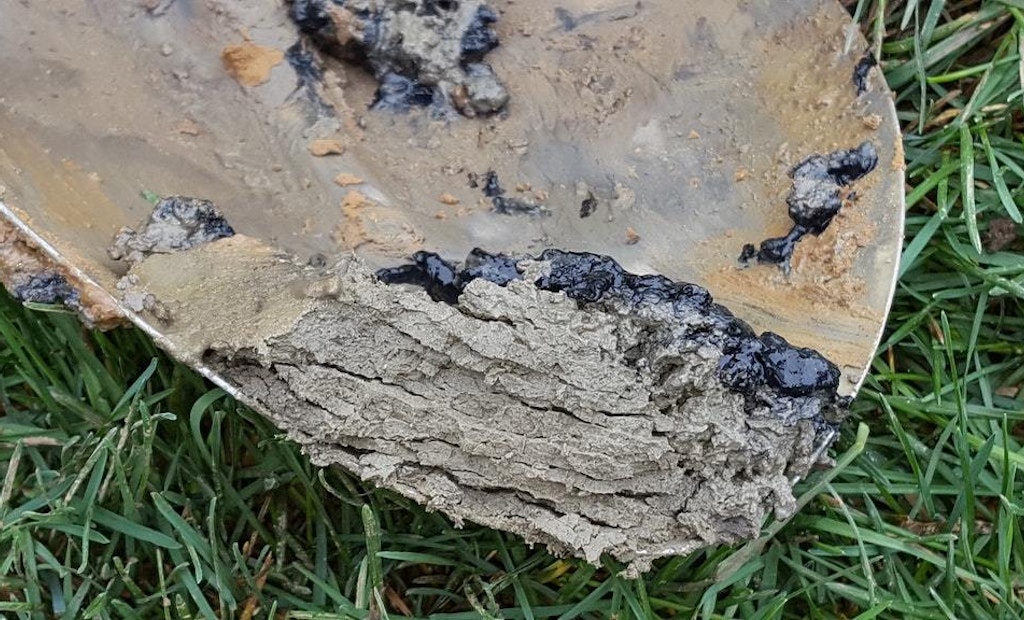Some may think because some homes have a garbage disposal it is OK to just use a toilet to get rid of food waste. And stay-at-home orders have increased this bad habit. Remind your customers that there are several reasons why it is not wise to flush food down the toilet:
1....






